Sleep Associations; How do they Impact Sleep Training?
“Why sleep train?”
The term “sleep training” is a common one in the vernacular of new parents. It’s frequently discussed when parents talk about how tired they are and usually, everyone has an opinion about it, one way or another.
However, what is often overlooked in the discussion, is what caused the sleep issues to developed, triggering a parent to consider sleep training.
I have had clients tell me that they had friends, family and even strangers tell them that “this time passes so quickly”, or “they’re only young once, just enjoy it”, when they started to share their sleep struggles.
While these sentiments are usually well-intended, it can make a tired parent feel guilty or shameful for reaching out for help. Instead of reassuring the parent, it can come across as trying to minimize the difficulties of sleep deprivation.
The good news is that exceptional sleep habits can be introduced, but sometimes those well-meaning friends and family just don’t understand what causes the problem (and neither may you), and therefore don’t realize that “just wait and it’ll pass” isn’t always true.
Where Problems Usually Start
The need to help change sleep habits is usually born out of one or both of the following issues;
1. Lack of ,or ill-timed routine causing overtiredness
and/or
2. Sleep associations.
Both of these issues can be tackled after four months of age when a child’s circadian rhythms begin to mature. Prior to that you can follow the suggestions here and here.
To understand sleep associations (also called sleep props or crutches) one needs to have a basic understanding about the science of sleep and what happens to a baby’s sleep patterns around four months of age.
The Fourth Month Sleep “Regression”
Around four months of age, (in reality it could be anywhere from three to five months), parents may notice their child beginning to wake up more frequently at night and only catnap throughout the day. Often whatever “tools” used to work for the parents stop working or loose their efficiency. This time period is so common with parents around the world that the term “fourth month sleep regression” is a popular one.
However, this stage is not a regression at all, but rather an exciting and large cognitive development! (If you’re going through this right now, stay with me. I know it sounds crazy, but it’s true. 😉 )
The reason for these changes are all due to your child’s brain and the organization of sleep in the human body.
Prior to that fourth month mark, a baby’s sleep was quite immature and undeveloped. But after they move through the four month time frame, their sleep, in particular, their NREM sleep begins to develop into more of an adult-like cycle.
Sleep Cycles
Mature sleep patterns consist of both REM (active sleep) and Non-REM (deep sleep) patterns.Within the NREM sleep, after four months of age, children begin to cycle through four stages like adults do, multiple times. In the early months, one cycle is about 45 minutes in length and later matures to around 90 minutes.
A child will fall asleep in stage one, proceed through stages two, three and four (all getting progressively deeper stages of sleep) and then exit out of stage four. At this point they come to a transition point and have a partial awakening and either go back to sleep or wake up completely. For more information, see this awesome diagram here. It is at this transition point that many sleep issues begin to rear their head.
Why does this happen?
Two words: (cue the Jaws theme music here 😉 )
Sleep Associations
When that cognitive growth happened around the fourth month, a baby began to associate stage one (the falling asleep point) with certain conditions or environments. After every complete cycle, they then again needed those same conditions or environments to be present so they could fall back asleep. This is a normal part of human sleep. We all have sleep associations whether it be cool pillows, side sleeping or wanting blankets on or off.
But problems sometimes occur when the sleep association is something the parent must do for the child, instead of the child doing for themselves.
For example; if a child was rocked to sleep and then laid down in the crib, they would have fallen asleep in stage one associating falling asleep with being rocked. Perhaps when they were three months old, it wasn’t an issue, but after their sleep patterns mature, each time they come out of stage four and try to re-enter into stage one, they will want to be rocked again to fall back asleep. If they aren’t, then that child would likely wake completely up and call for their parents.
Sleep Associations and Sleep Training
Since this association is reinforced repeatedly day and night, the child doesn’t learn how to transition independently. It is therefore inaccurate to say that this is a phase that will pass. Falling asleep unassisted is a learnt skill. If the sleep association doesn’t transfer from being parent-controlled to child-controlled, then it is likely to continue to interfere with sleep.
For some parents this isn’t a problem and for other families it is.
Sleep training would be an option for those families who would want to change those associations from something the parent is doing, to something the child can do for themselves.
Why Sleep Training Won’t Work
Sleep training does not work however, when a child is on a poor routine, being kept up too long and has a bedtime that is too late.
When children are overtired, they don’t go to sleep easily, nor do they have solid, deep and restorative sleep. Instead, multiple night wakings and short naps are present. Unfortunately these can also easily be confused with sleep association issues and often will lead people to say sleep training doesn’t work.
Sleep training also doesn’t mean that your child will never wake again at night. Sickness makes kids feel awful (just like in adults) and they tend to not sleep as well. Physical and cognitive milestones, and some even say teething, may also cause some bumps in the road of sleep. However, a well-rested and independent sleeper handles those bumps efficiently and quickly returns to sleeping solidly again after those events have passed.
When You’re Ready
Once you’re ready and are sure that you’re child’s night wakings or short naps are due to sleep associations, then it would be time to pick the sleep training method that you’re comfortable with and concentrate on changing those associations. Changing sleep habits takes some time so it’s best to do it when you have a block of time to focus on it, but if you’re consistent your child can learn to get themselves to sleep and transition through sleep cycles independently!
Overtired or sleep associations? If you are confused about why your child is waking at night or taking short naps, Baby Sleep 101 can help with our FREE sleep guide.


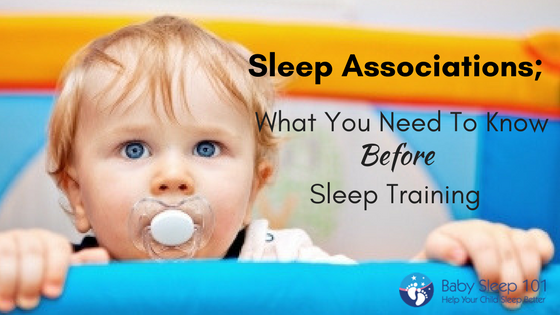
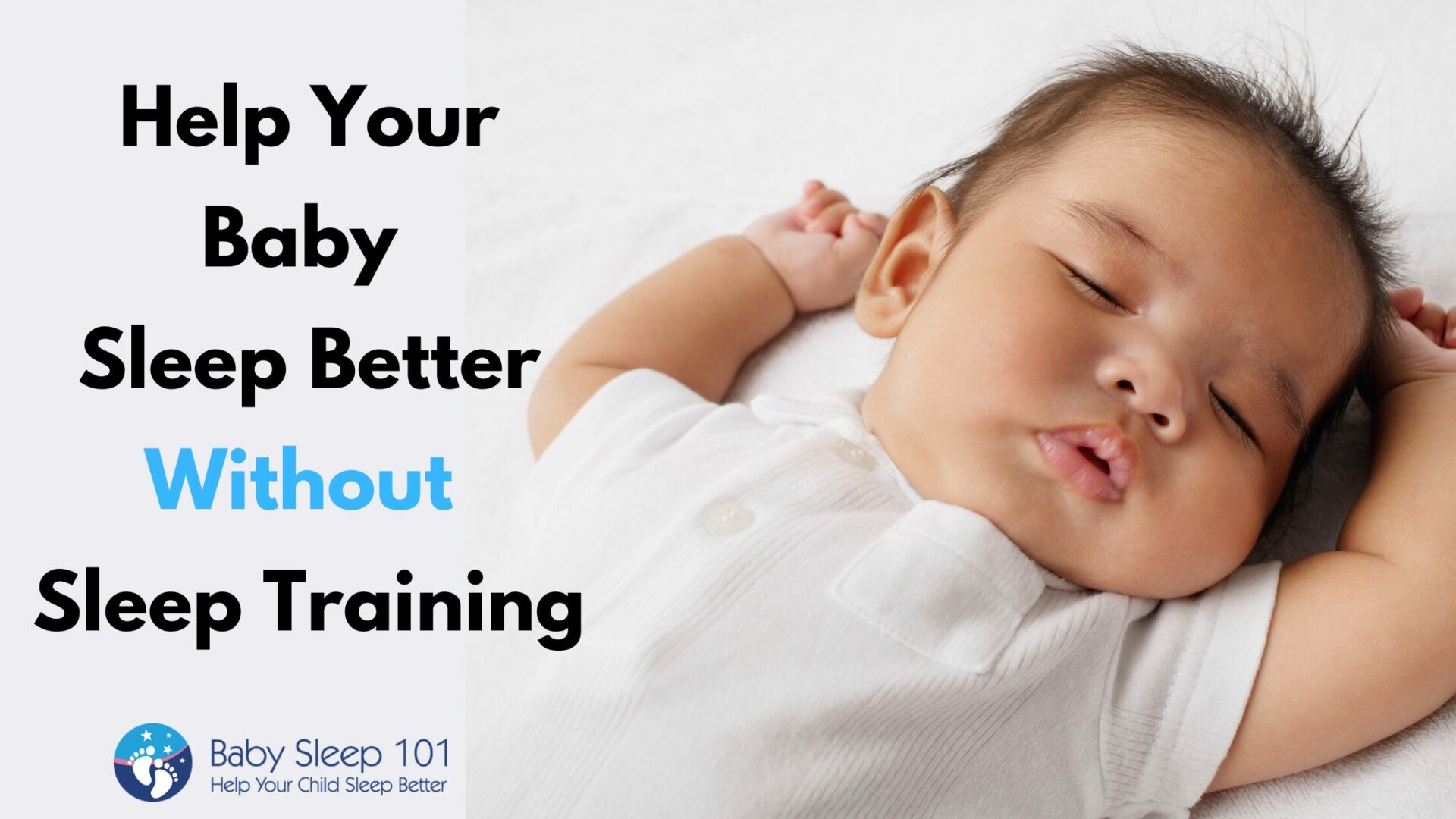
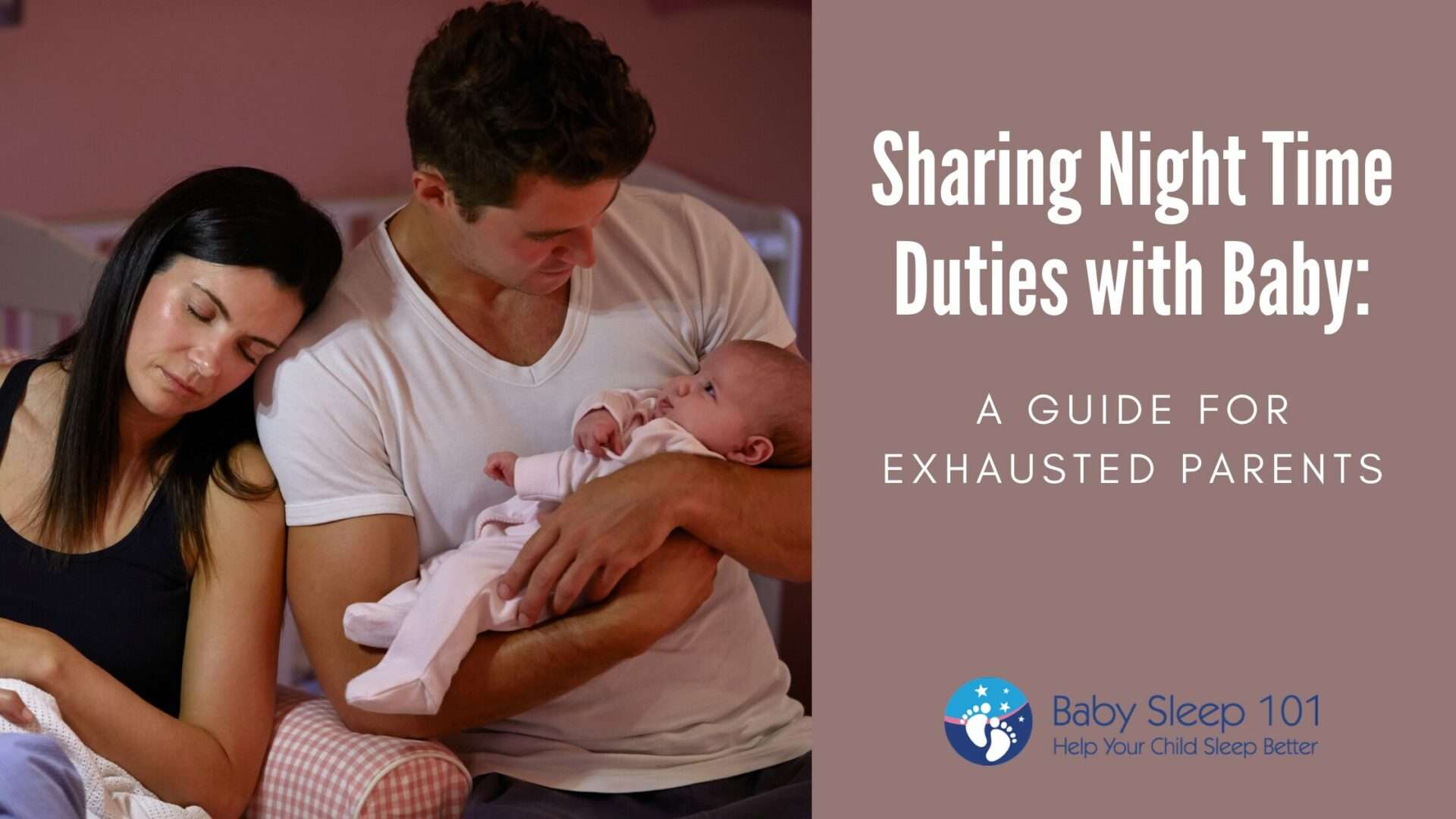

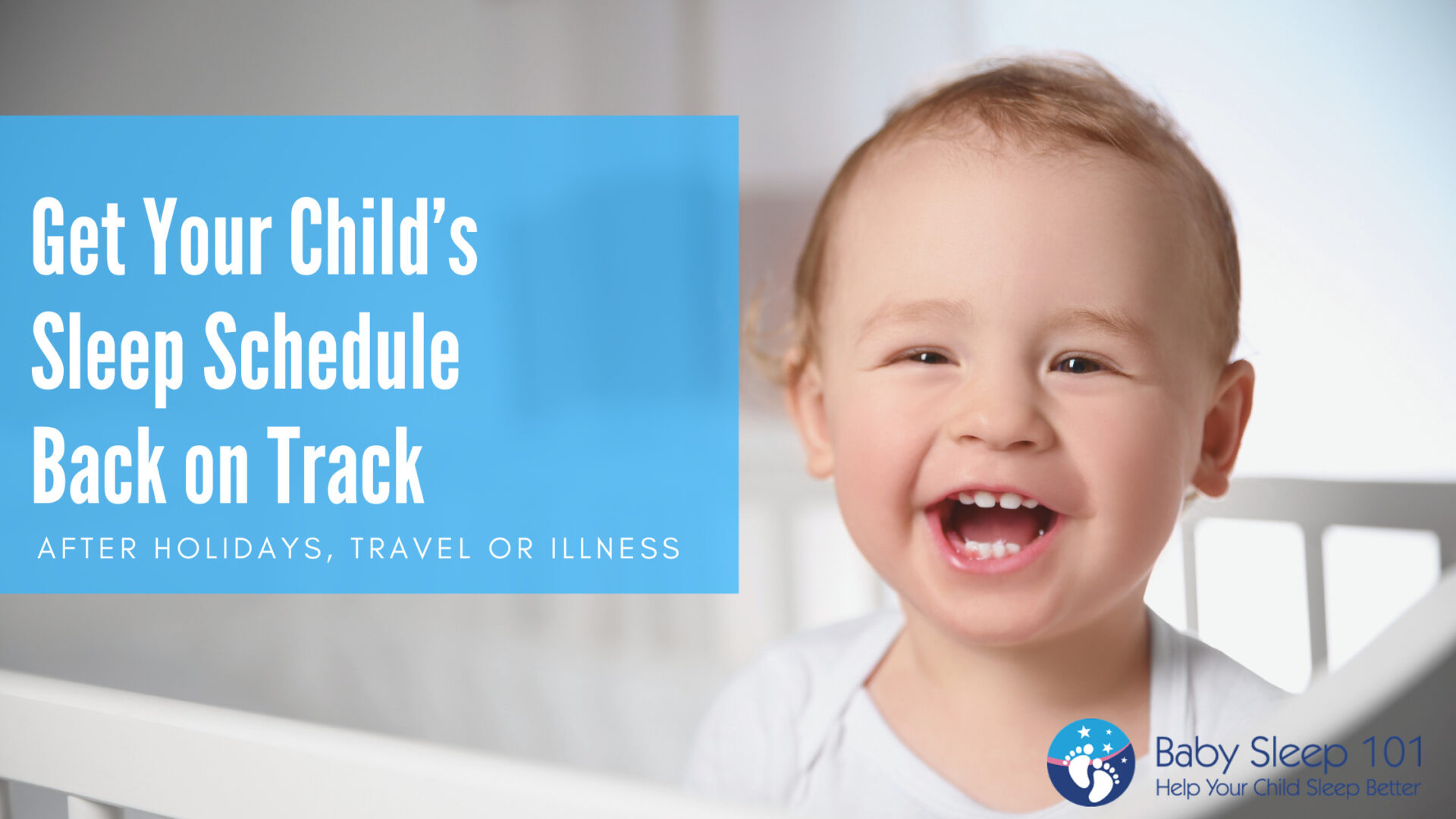
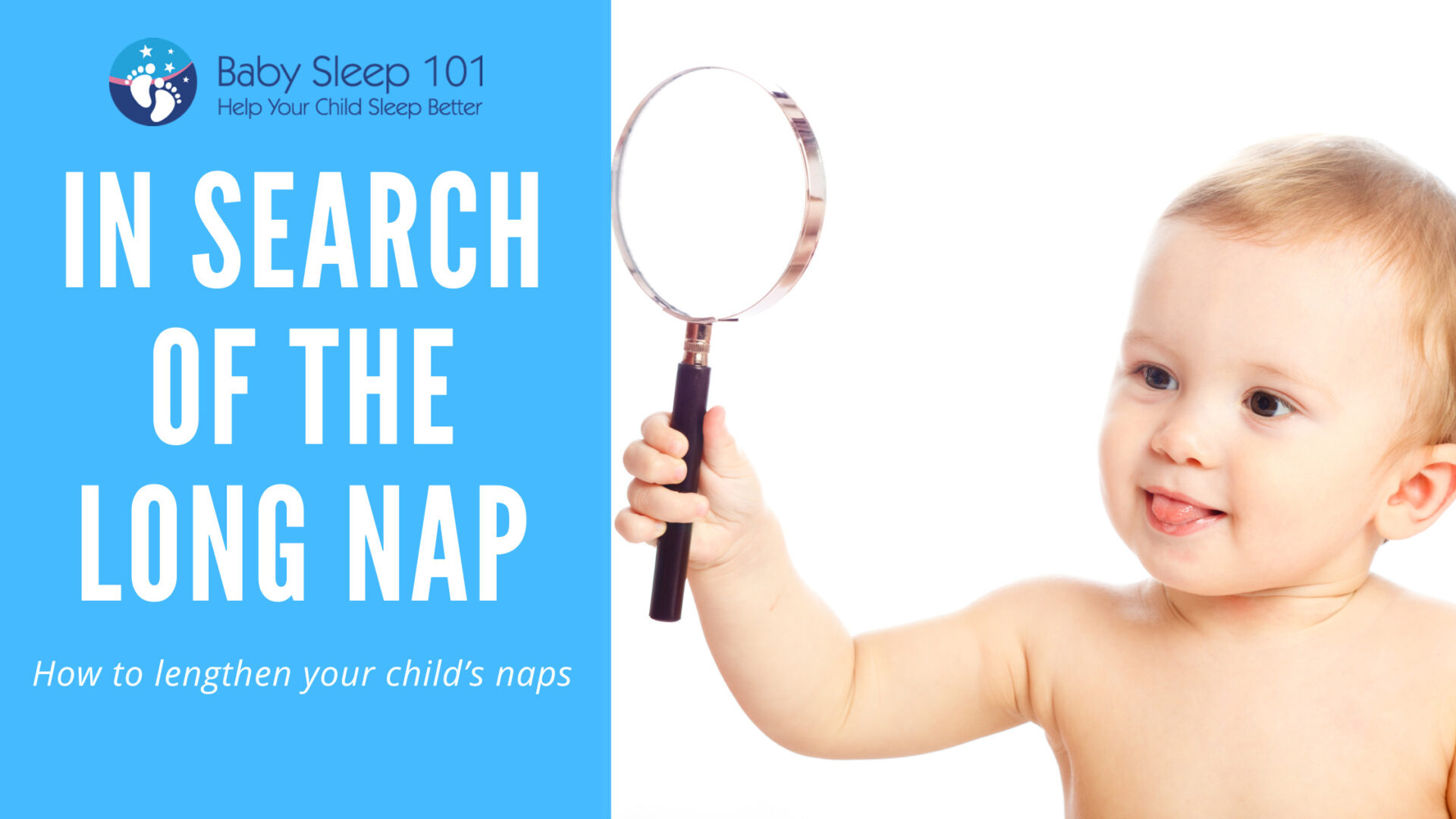
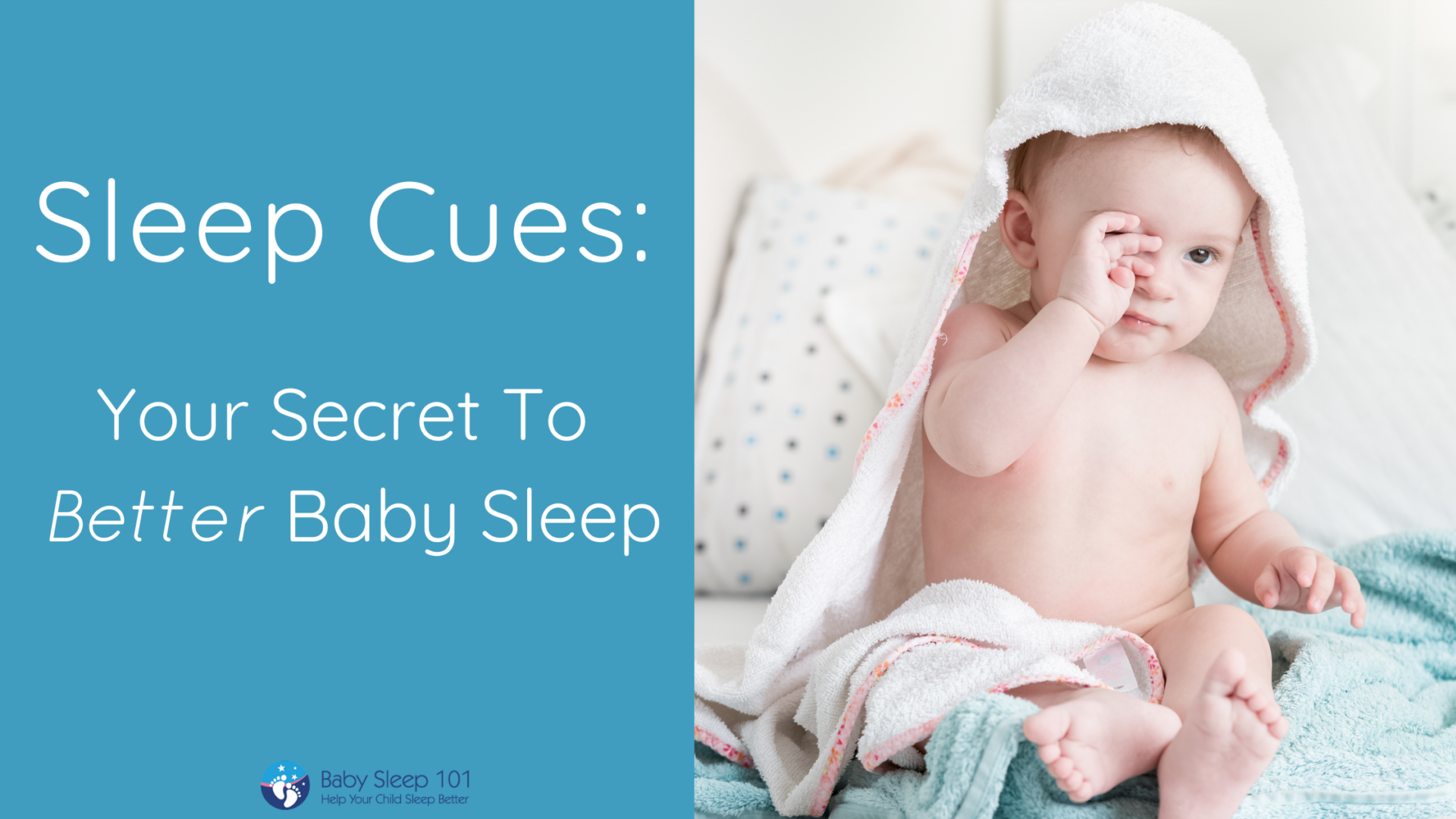
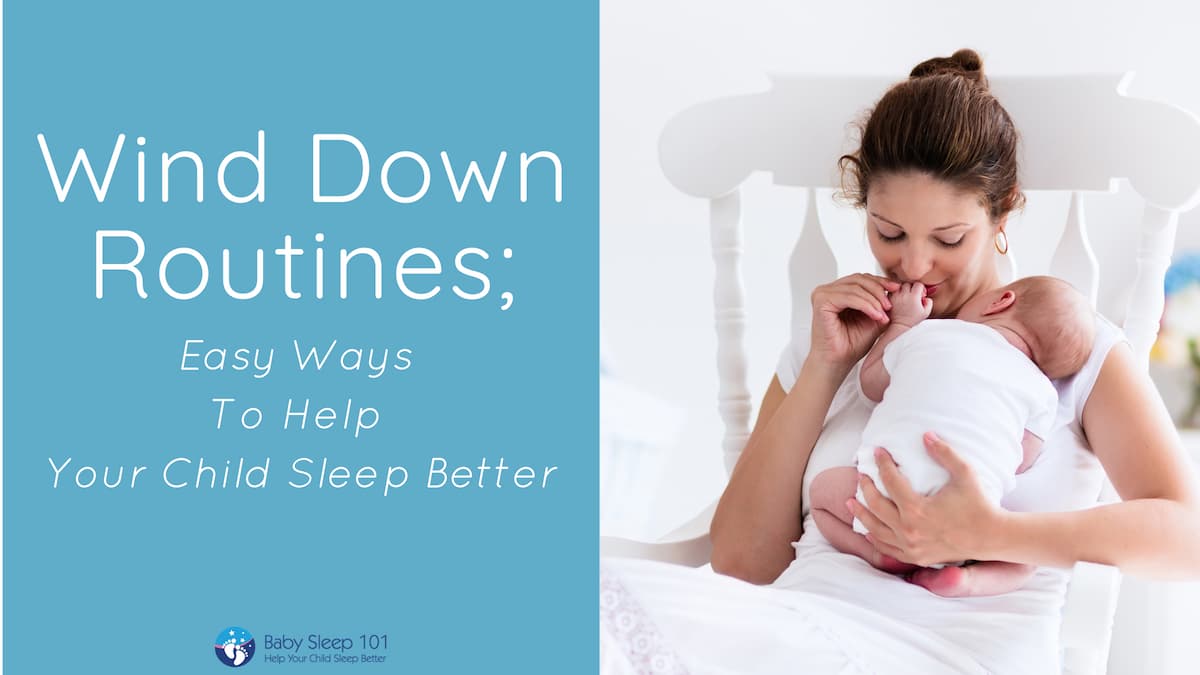
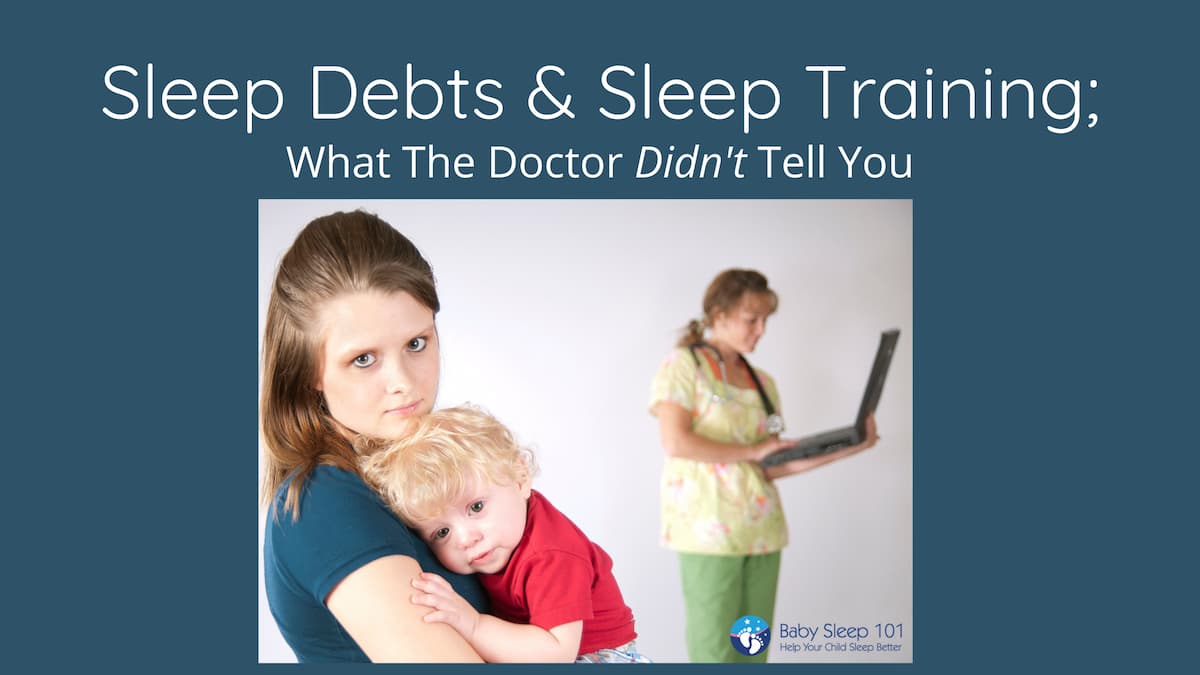
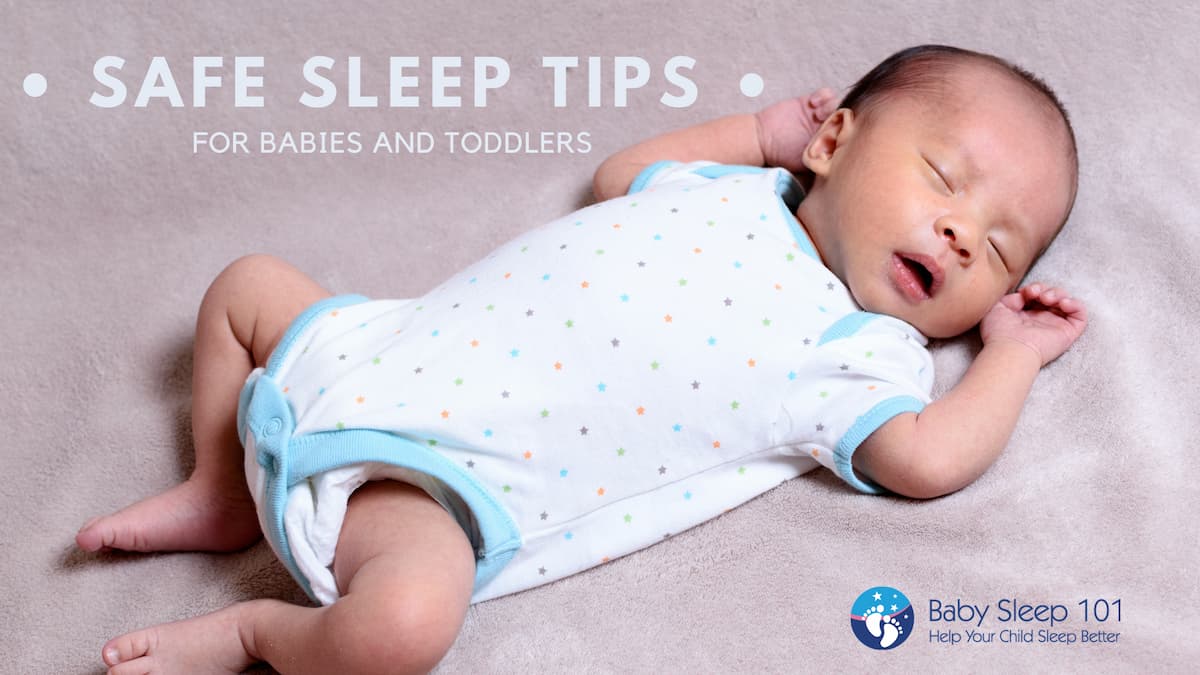
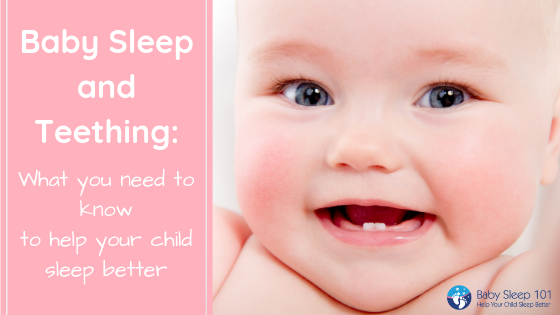
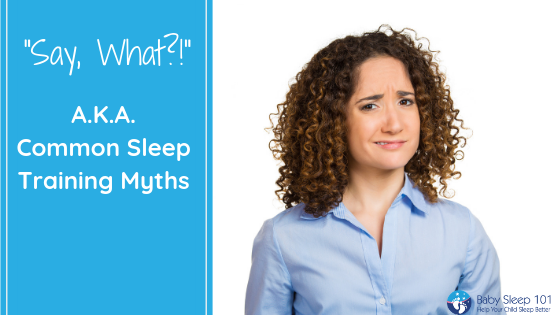
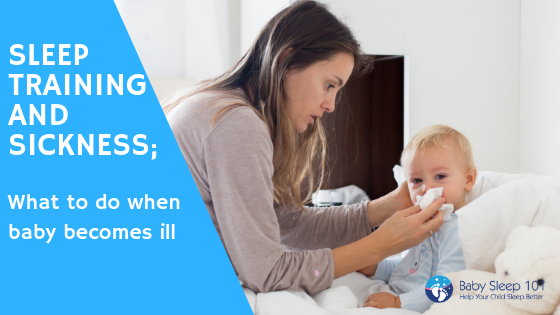
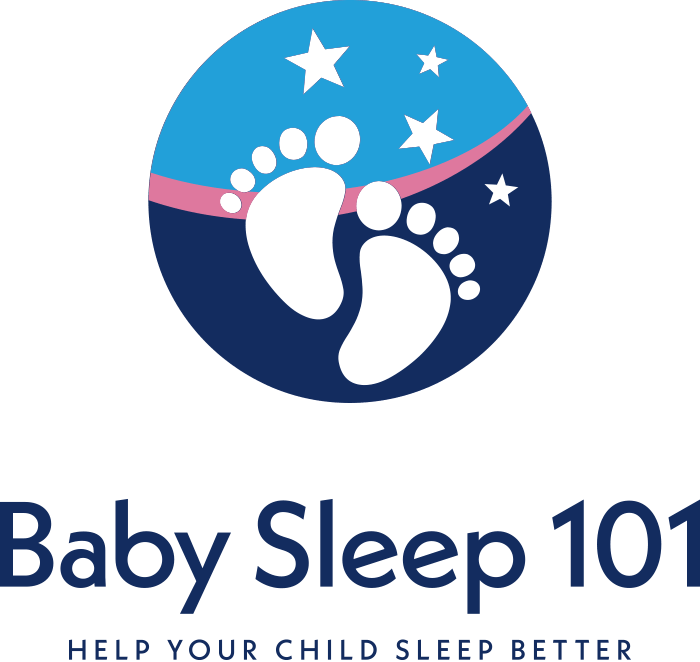
I would love to hear another nursing mother’s experience on STARTING sleep training at 11 months old after your child being used to falling asleep while nursing. This is hard.
[…] sleep mature, but after 4 months, the non-Rem sleep has multiple stages (1-4) and that means that sleep associations can form. It’s the rousing during light sleep and the lack of self-soothing that make the […]